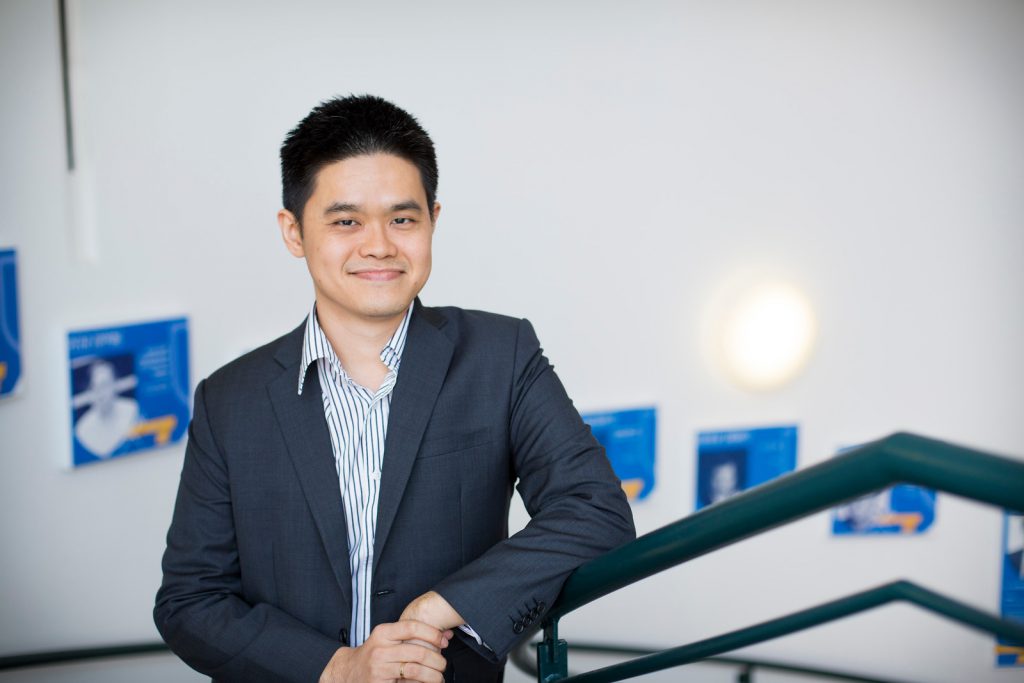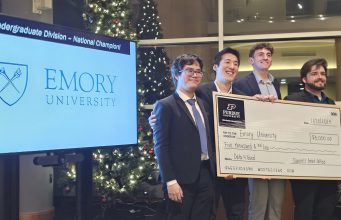Have you ever looked at a table or chair, stool, or other household item and thought, “I can use this another way”? If you have, you might be an innovative hacker, someone who operates from a product-first search process, which is the opposite of the “classic” problem-solving method. Tian Chan, assistant professor of information systems and operation management, worked with long-time friend and fellow researcher, Shi-Ying Lim, assistant professor of information systems and analytics at the National University of Singapore, to see if starting with a product generates more novelty (or uniqueness).

And they used IKEA furniture as the basis for their research.
“Problem-first searching is the ‘classic’ way we think about problem solving. It starts with a problem, such as needing a swing, before identifying possible solutions, like a person turning an IKEA stool into a swing,” explains Chan. Whereas product-first searching “starts with a product in mind,” such as this IKEA hacker having a stool and wanting to make it into something different, then “searching through alternative needs” to identify the most viable option for the stool’s new life.
This same method of problem-solving created the jogging stroller, says Chan. It just took one parent, frustrated with pushing a standard four-wheel stroller, to invent a more effective stroller for runners.

Ultimately, the research, which involved hours upon hours of searching for examples of IKEA hacking, revealed that traditional, problem-first thinking remains the most effective way to both solve a problem and create a novel, new use for an item. However, product-first searching presents many opportunities for creative uses of everyday things.
IKEA hacking is popular for a few reasons: The furniture is popular, inexpensive, and usually requires self-assembly.
Tian Chan
It’s particularly the self-assembly aspect that invites novel uses for common items. During his research, Chan uncovered examples of people taking an IKEA coffee table, flipping it upside down, and attaching it to the ceiling for pets to perch from.
“Users are endowed with such a large variety of interesting problems,” says Chan. “Companies should look toward users if they wish to more effectively identify novel uses for their existing products.”










